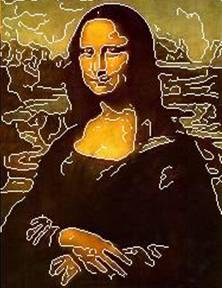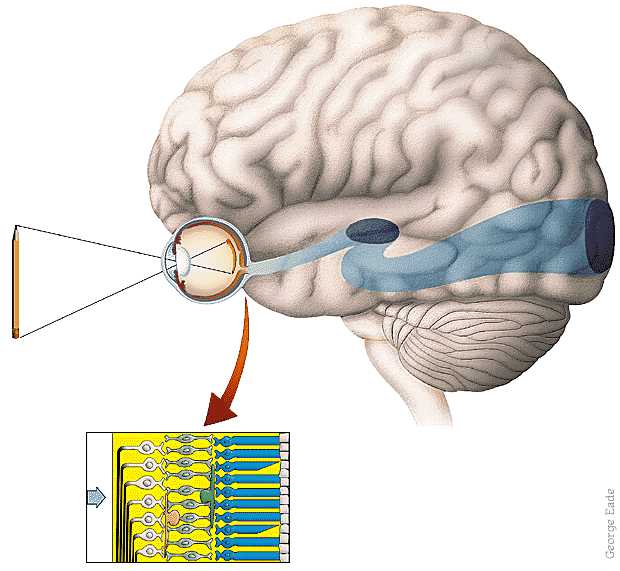
|
CS 332
Final Project |
|
Home | Course Information | Topics | Syllabus | Documentation & Useful Links
Class presentations: December 5, 9
Final paper due: Friday, December 20
During the last few weeks of the course, you will have the opportunity to explore a new area of visual processing not covered in class, an interesting application of computer vision, or to study a vision topic in greater depth. Topics can be explored through readings that may include journal articles, excerpts from books, or online papers. A project can also involve the implementation of a vision algorithm, computer simulations and analysis of an existing method, or implementation of a perceptual demonstration or experiment. You are welcome to collaborate with a partner on your project, and the overall scope of the project should be larger in this case. Listed below are some general topic areas that may be of interest to you. Your particular topic and readings should be chosen by working together with me to narrow down an area of interest. The readings should include something that addresses the computational strategies that can be used to perform some visual task and can also include empirical studies from perception or physiology. The work to be submitted consists of two parts: the first is a written summary of your project work (8-10 pages) and the second is an oral presentation to the class. The particular issues that should be discussed in the written summary and oral presentation will vary with the topic, and should be formulated through consultation with me. The oral presentations should be about 10 minutes in length, and will be done during the last two classes of the semester. This allows the entire class to learn from the explorations of each student.
Some possible topics for exploration:
| analysis of image texture | face recognition systems |
| subjective contours or surfaces | visual learning |
| analysis of transparency | 3-D shape from contours |
| automated driving systems | integration of multiple cues |
| interpretation of shadows | visual attention and search |
| biological motion analysis | fingerprint identification |
| vision systems for robots | image database retrieval |
| handwriting recognition | visual surveillance |
| neural network models of vision | medical imaging applications |
| vision systems for the blind | physiological models of vision |
| face detection | gesture recognition |
For online exploration of topics and resources, see the Computer Vision Resources section of the CS332 Documentation & Useful Links page.
